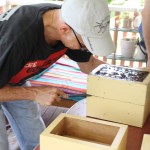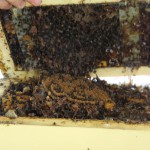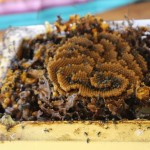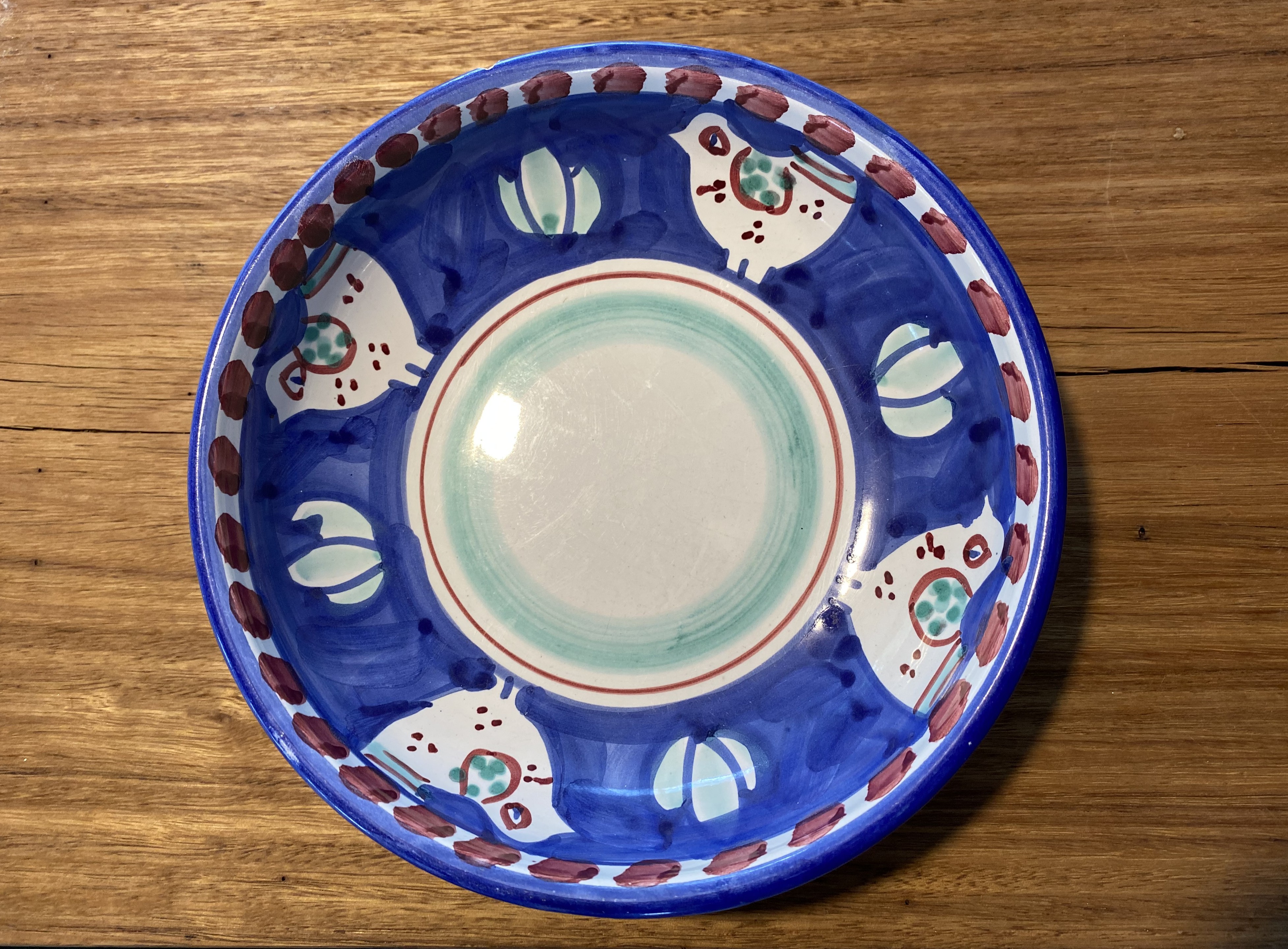
If West End has the highest occurrence of native bee hives in the country, it’s probably due to Dr Tim Heard.
Tim’s an entomological original: one of the pioneer native bee-keepers who’s been dabbling since the 1980s. He wrote an early article about them in Nature magazine in the 1990s. He’s done time on Gardening Australia.
He’s also keeping an eye on the hives he installs around the neighbourhood. Every year or so, Tim’s “hive crawl” sees amateur bee-people* crowding each other’s verandahs and gardens while Tim demonstrates hive splitting and honey extraction.
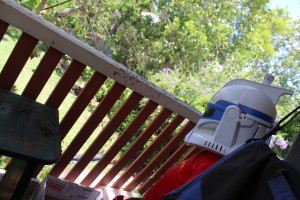
Last weekend, we were fortunate to have Tim attend to our back deck hive, with a swathe of spectators in tow. (We’d amassed a dozen or so curious kids from around the neighbourhood, too.) Stingless bees don’t sting, but they do give you a little nip if they’re really testy. As soon as the hive was disturbed, the little blighters started swarming. You could tell the blokes who’d done this before. They were the ones wearing hats.
The kids hanging around soon dispersed. Many took souvenir bee pets away in their hair. My youngest found a creative way to stay bee-free, while indulging his Star Wars thing.
*I’m trying to avoid the terms “apiary” and “apiarist”. These terms are derived from “Apis”, which is the scientific term for the honeybee species. “Trigona” and “Austroplebiea” are the genera that Australian stingless bees fall under. In case you were wondering.
Robbing the hive
We started with the honey. Tim prised the top layer off the three-tiered hive. This is where the bees have constructed their honeycomb: it’s food storage for the hive.
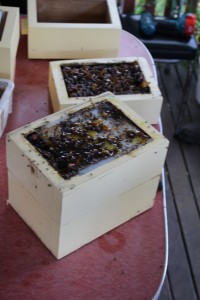
In our case, sadly, the bees had also added a bit too much pollen, so our honey was deemed “not ideal”.
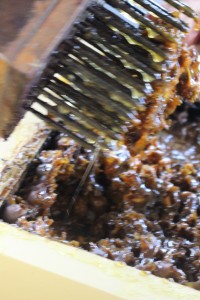
The honeycomb — the wax pots holding the honey — was pricked with a sinister-looking device: it’s like a scrubbing brush whose bristles have been replaced by nails. The whole layer was then inverted over a wide container so that the honey could drain out, while we focussed on splitting the hive.
Pollen tastes ok when it’s first been smashed, but too much doesn’t make lovely honey. It’s chewy. The honey resting around the edges of the hive is nicer. You lick that stuff up on your fingers for hours.
When the honey had drained from this first honeycomb pressing, Tim strained it again into a container. (When he’d left, I passed it through butter muslin, twice.) It’s not too sweet, tasting a little smoky, a little fruity. I’ve left it a couple more days, and have noticed pollen has risen to the top. I’ll separate it again, to get really pure honey, but this is probably overkill.
We ended up with about half a kilo of honey, which Tim said was not much.
Splittsville
Our hive was nearly 2 years old, and heavy, man. It was ready to split.
First, the middle layer was carefully removed. Usually, the advancing front (the top layer of the brood’s spiralling structure) would have filled up into this section, and the hive could be split across these two sections. However, our brood was still mainly in the bottom section, surrounded by pollen and honey structures. Tim had to slice a section out, and physically rest it into the new hive box. This box was then placed upside down (so the brood didn’t collapse) in the old hive’s position. We’ll turn it over in about three months, when the bees have created enough structure to support it.
The other hive sat on a chair for a day while we figured out where to put it. (We probably should have planned ahead.) The next night, we put it in the front garden. We did this after sunset, when the bees were inside.
Since the split, we’ve had what the kids call bee wars around the hive on the back deck. This is when another swarm comes and fights your swarm. I’m not sure why; I’ll email the bee man and ask.
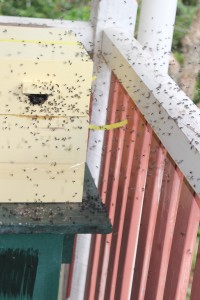
Check out Tim’s videos on hive architecture, splitting hives, and extracting honey.

